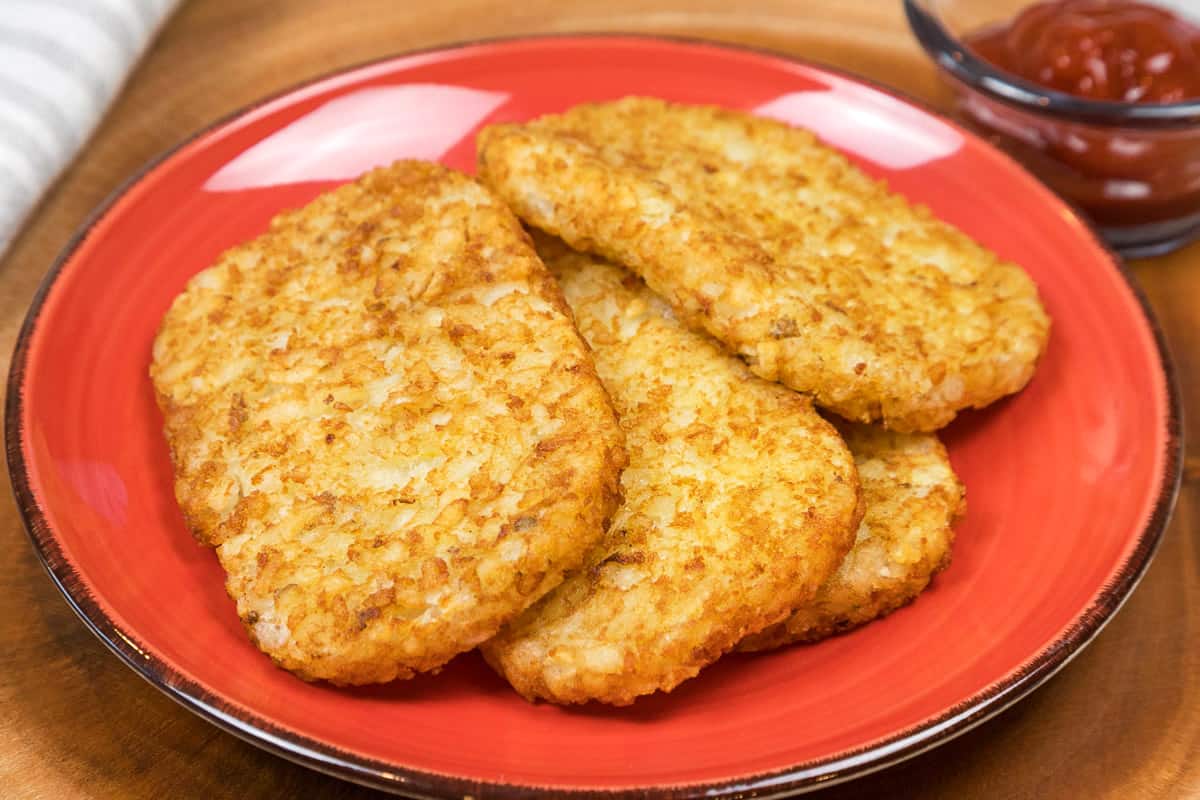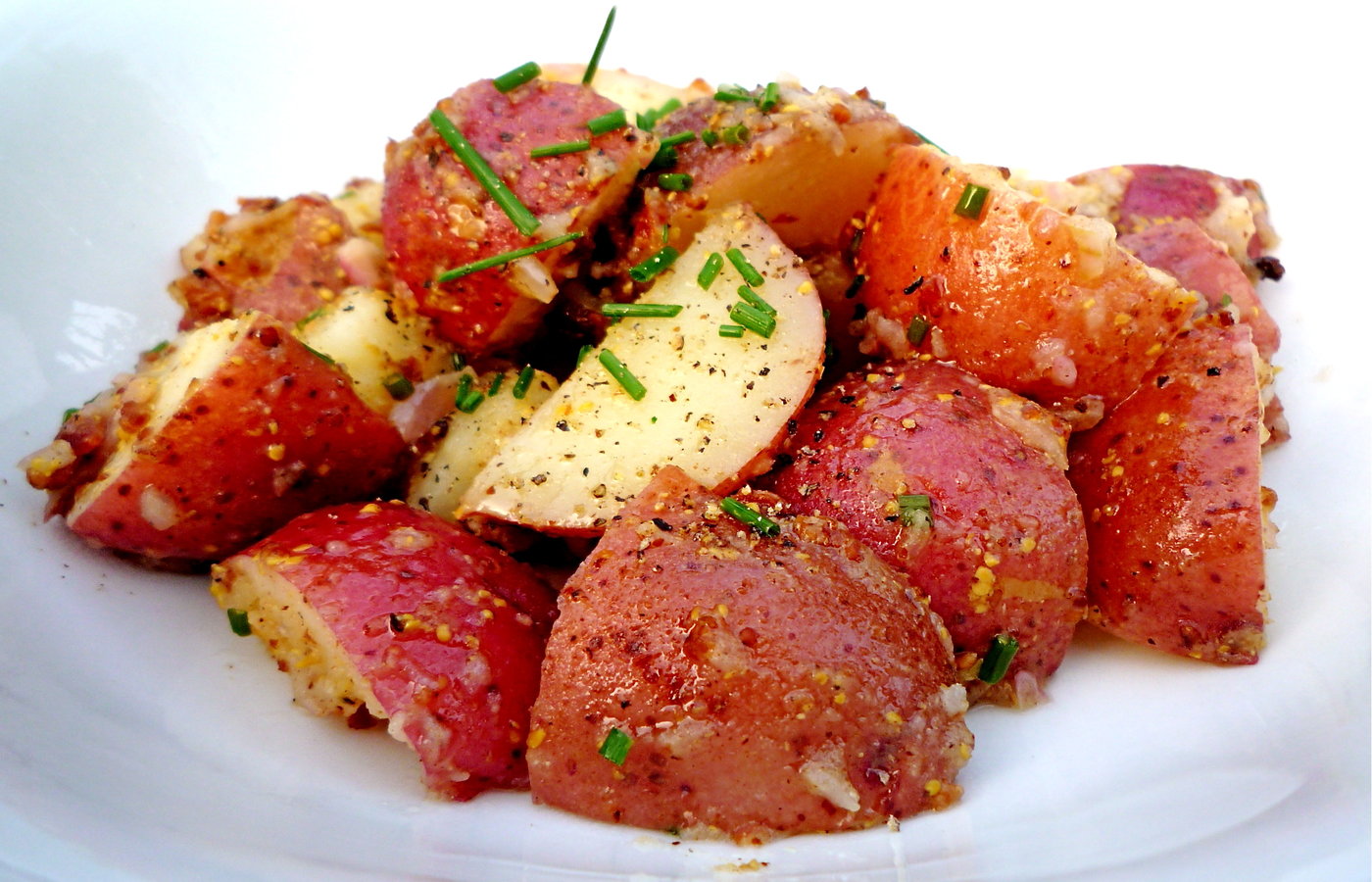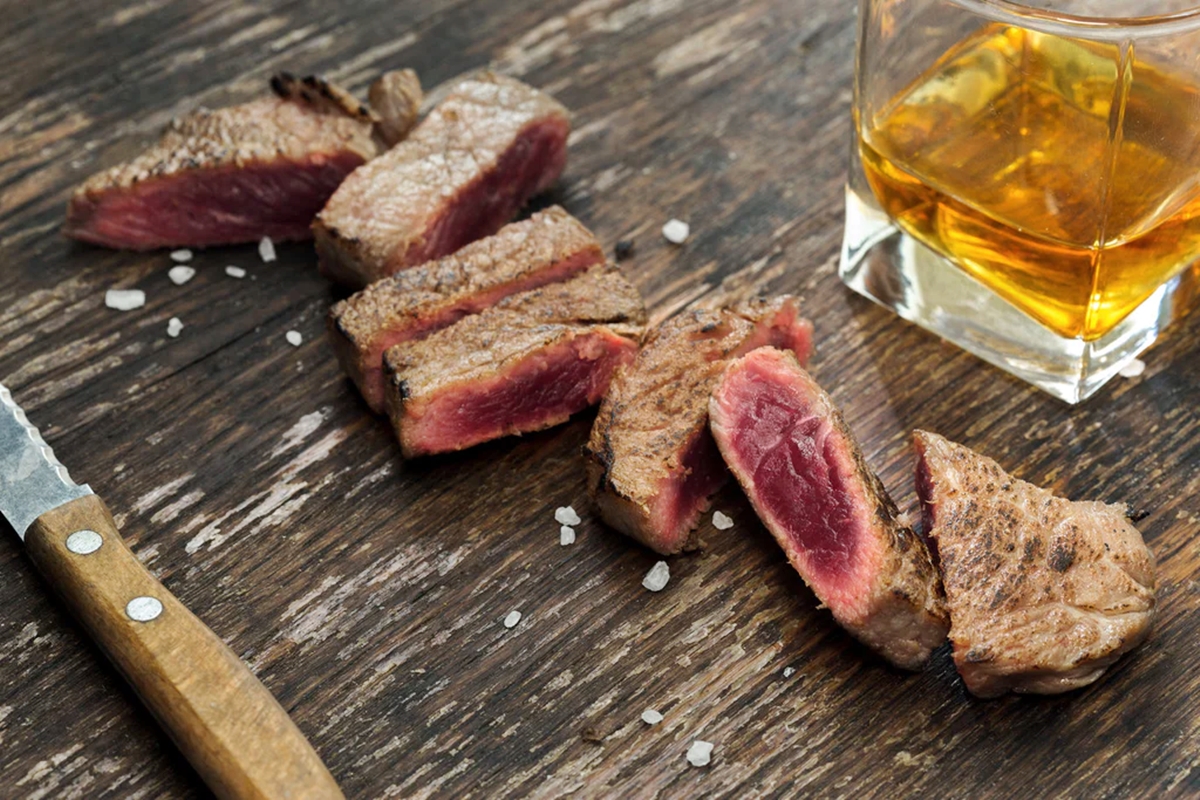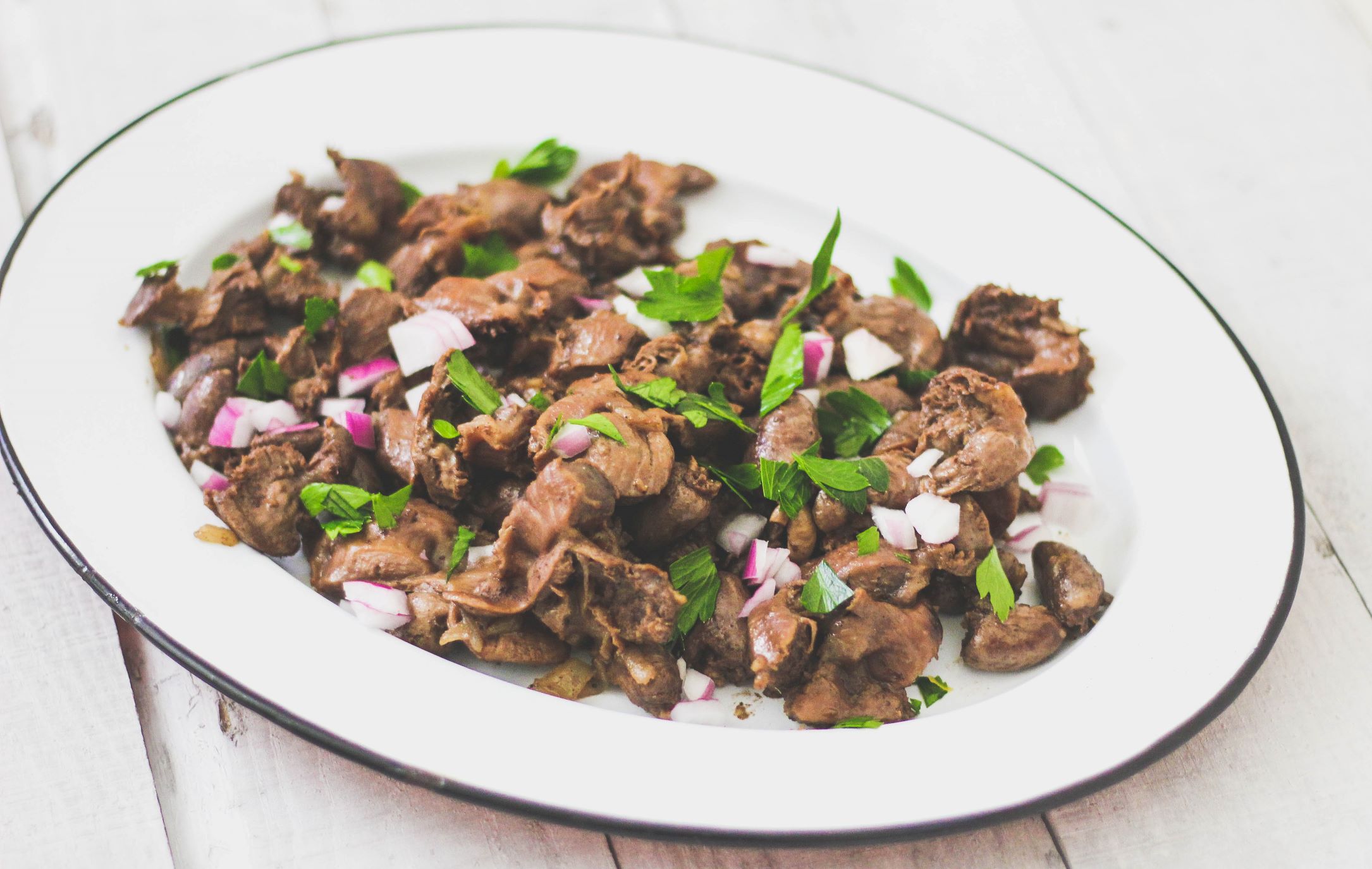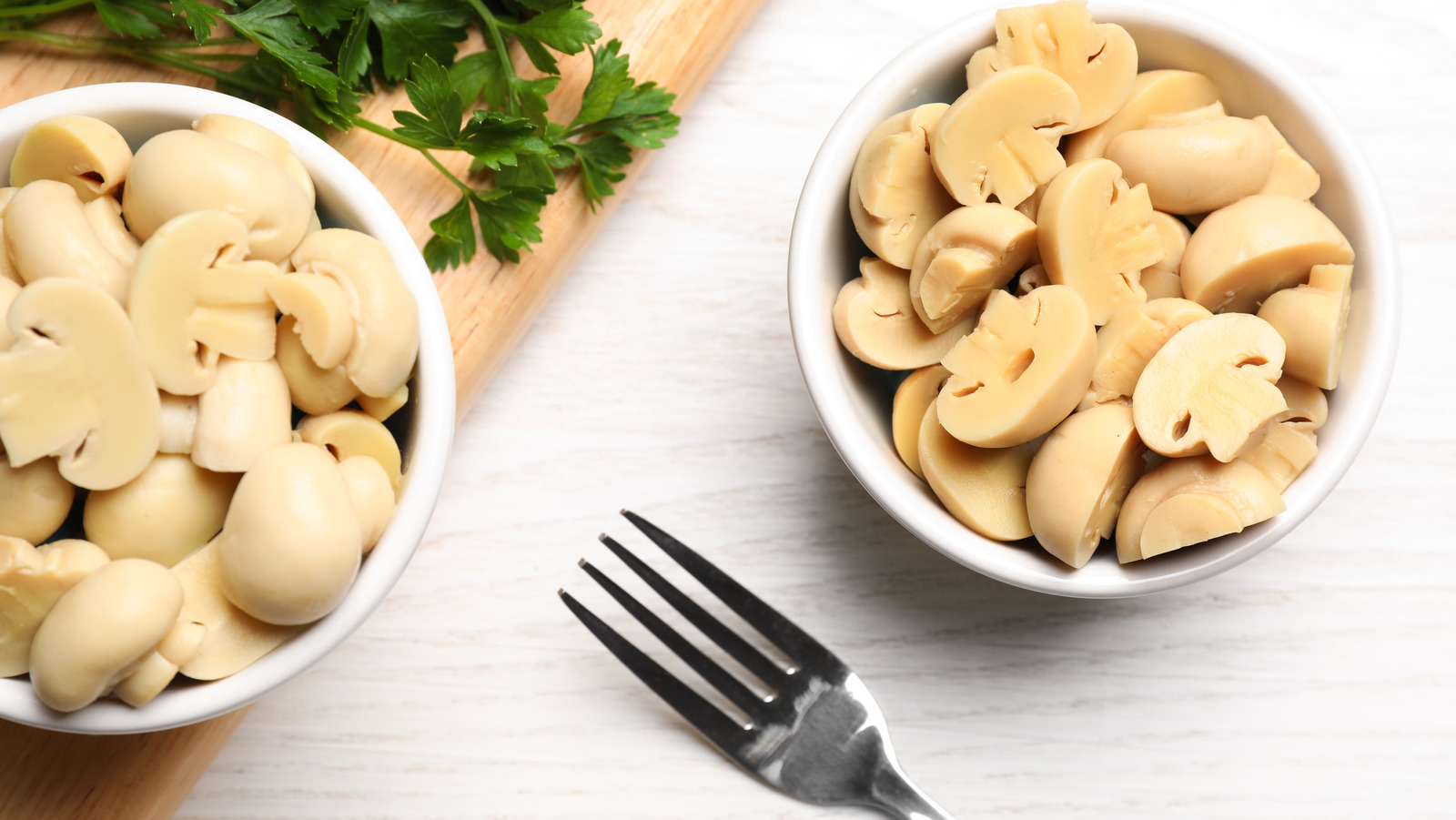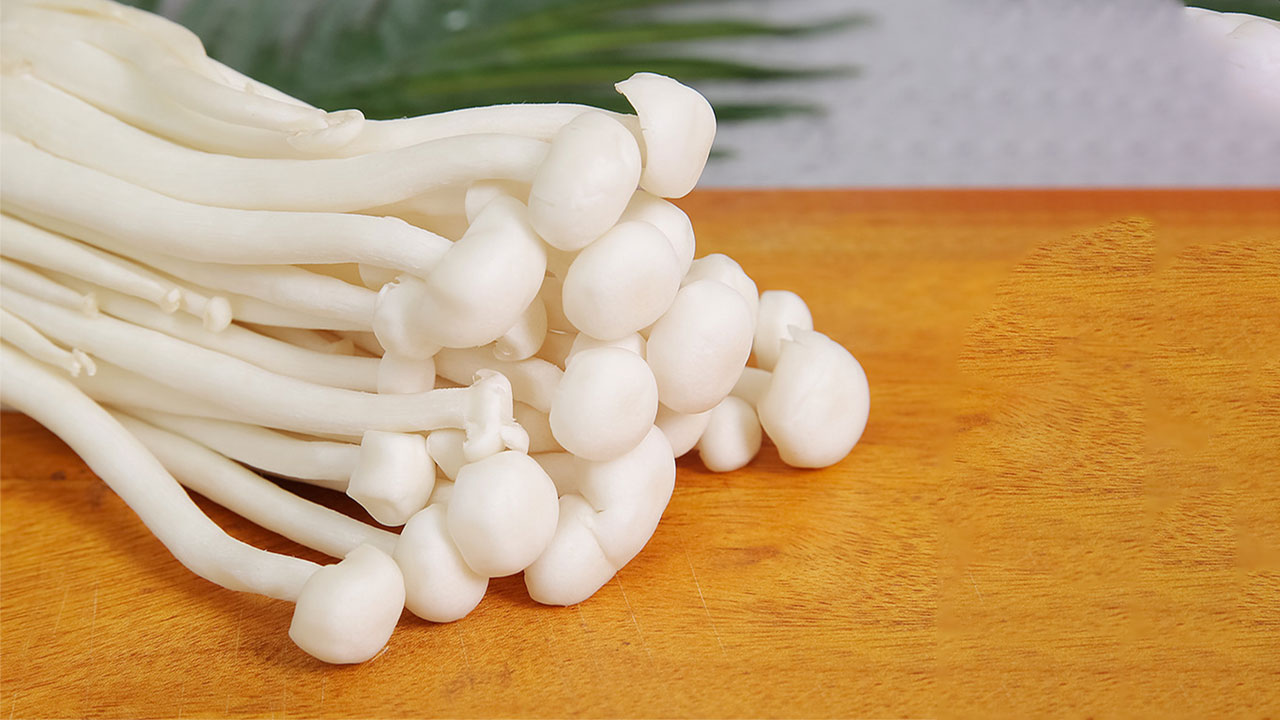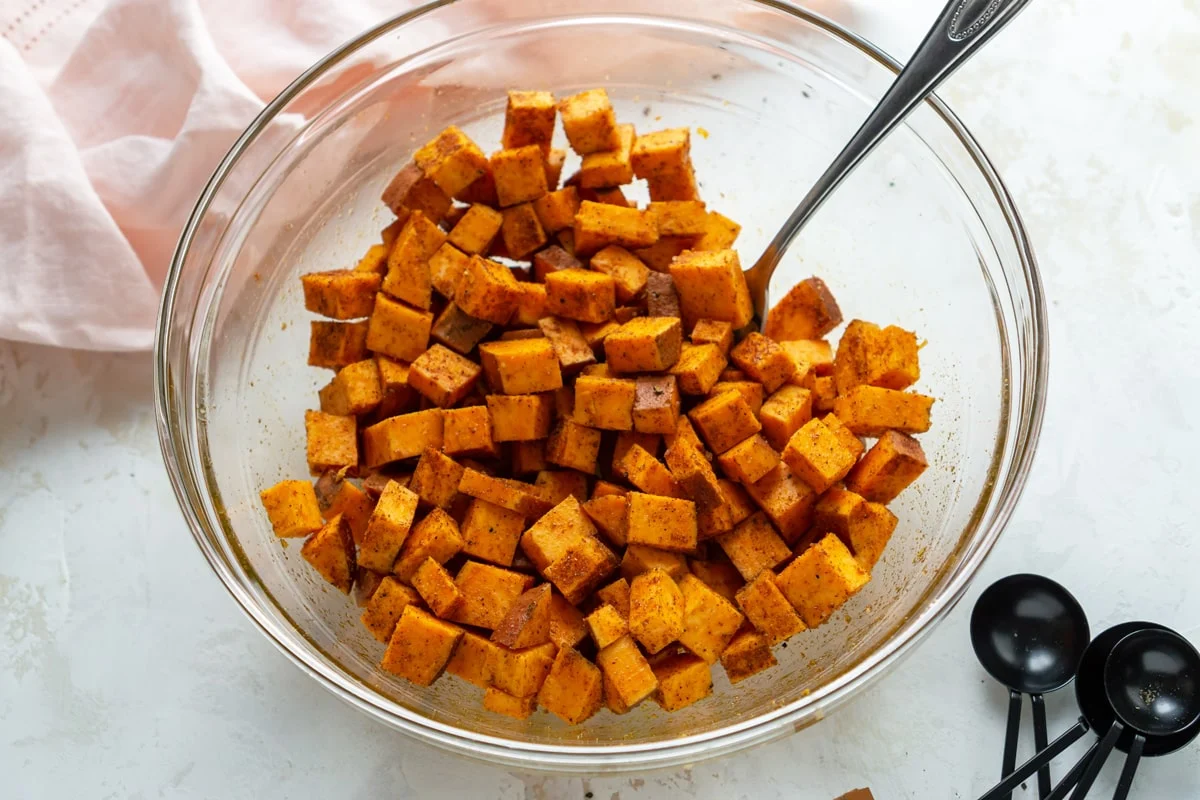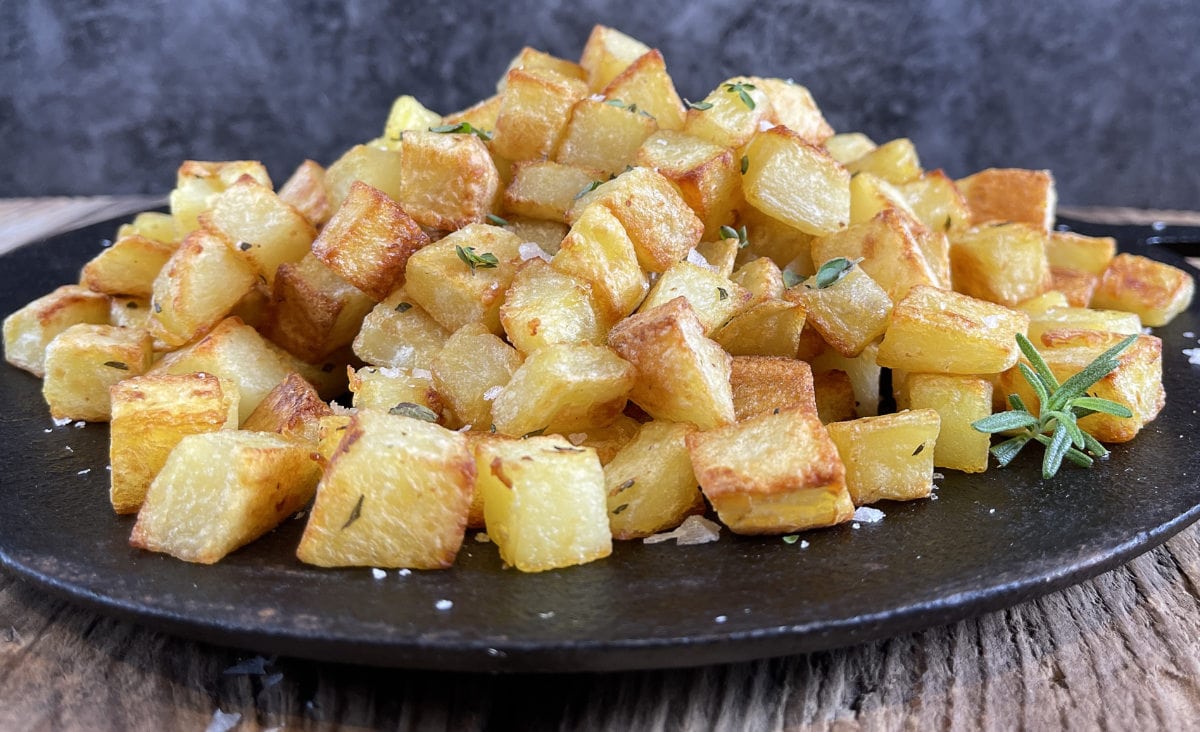Cooking chicken for cats offers a nutritious treat that can complement their regular diet. When preparing chicken, safety and simplicity are paramount. Start with fresh, boneless, skinless chicken breasts or thighs. Cooking thoroughly until there's no pink inside ensures it's safe for feline consumption. Avoid adding any seasoning, as many spices and ingredients like garlic and onions are toxic to cats. Once cooked, finely chopping or shredding the chicken makes it easier for cats to eat. This guide will walk you through the steps to safely prepare chicken that your cat will love, providing a healthy, protein-rich addition to their meals.
Essential Ingredients for Your Feline’s Feast
- Boneless, skinless chicken breast
- Water or unsalted chicken broth
Necessary Tools for Crafting the Perfect Cat Meal
- Sharp knife
- Cutting board
- Medium-sized pot
- Skillet or frying pan
- Wooden spoon or spatula
- Measuring cups
- Measuring spoons
- Food processor or blender (optional, for making the chicken into a finer consistency)
Cooking chicken for cats requires boiling or baking without any seasoning. Ensure meat is thoroughly cooked and bones are removed to prevent choking hazards or internal injuries. Cool before serving.
The Importance of Homemade Meals for Your Cat
Cooking chicken for cats provides them with a protein-rich meal that's essential for their health. This method ensures they get all the necessary nutrients without any harmful additives found in some commercial pet foods.
Preparing chicken at home allows pet owners to control ingredients, guaranteeing a safe, wholesome diet for their feline friends. This practice fosters a stronger bond between cats and their humans through the care taken in meal preparation.
A Step-by-Step Culinary Journey for Your Cat
-
Choose the right chicken: Opt for skinless, boneless chicken breasts or thighs as they are leaner and healthier for cats.
-
Rinse the chicken: Under cold water, then pat dry with paper towels to remove any bacteria or contaminants.
-
Trim the fat: Cut off any excess fat from the chicken to ensure it's as lean as possible for your cat's diet.
-
Boil water: In a large pot, bring water to a rolling boil.
-
Cook the chicken: Place the chicken in the boiling water and let it simmer. For breasts, cook for 12-15 minutes. Thighs might need a bit longer, around 20-25 minutes, depending on size.
-
Check doneness: Ensure the chicken is cooked thoroughly by checking if there's no pink meat inside and the juices run clear. A meat thermometer should read 165°F (74°C) when inserted into the thickest part.
-
Cool the chicken: Remove the chicken from the pot and let it cool down to room temperature to make it safe for your cat to eat.
-
Shred or chop: Once cooled, shred the chicken into small, bite-sized pieces or chop it finely. This makes it easier for your cat to eat and digest.
-
Serve plain: Offer the cooked, unseasoned chicken to your cat. Avoid adding any salt, spices, or garlic as these can be harmful to cats.
-
Store leftovers: Keep any uneaten chicken in an airtight container in the refrigerator for up to three days. You can also freeze it for up to two months.
Crafting the Perfect Feline Feast
Cooking chicken for cats isn't just about tossing some meat their way. It's about understanding their nutritional needs and making sure what we serve is safe and healthy. Remember, always opt for lean chicken, cook it thoroughly without any harmful additives, and consider the portion size to avoid overfeeding. Consulting with a vet before changing your cat's diet is also a smart move, ensuring the meal plan supports their overall health. By following these guidelines, you're not just preparing a meal; you're contributing to your furry friend's long, happy life. So, next time you're in the kitchen, consider whipping up a simple, yet nutritious chicken dish for your cat. They'll surely appreciate the gesture of love and care.
Common Questions About Preparing Chicken for Cats
Can cats eat chicken?
Absolutely! Chicken is a fantastic source of protein for felines. Just make sure it's cooked thoroughly without any added spices or seasonings.
What's the best way to cook chicken for my cat?
Boiling is your go-to method. It's simple and keeps the chicken juicy and easy for your cat to digest. Avoid oils, butter, or any seasoning. Plain chicken is what you're aiming for.
How much chicken should I feed my cat?
Moderation is key. Chicken can be a treat or part of their meal, but it shouldn't replace their regular cat food. A few small pieces a day will suffice for most cats.
Can I give my cat the chicken skin?
Better to skip it. Chicken skin can be too fatty for cats and might lead to digestive issues or obesity.
Is raw chicken safe for cats?
Stick to cooked. While cats' ancestors might have eaten raw meat, today's domestic cats could be at risk of salmonella or E. coli from raw chicken.
How do I know if the chicken is cooked properly for my cat?
Ensure it's no longer pink inside and has reached an internal temperature of 165°F (74°C). This ensures all harmful bacteria are killed.
Can chicken be a regular part of my cat's diet?
While chicken is a great protein source, cats need a varied diet that includes all the nutrients found in commercial cat food. So, chicken should be more of a treat than a staple.
Was this page helpful?
Read Next: How To Cook Chicken For A Dog
